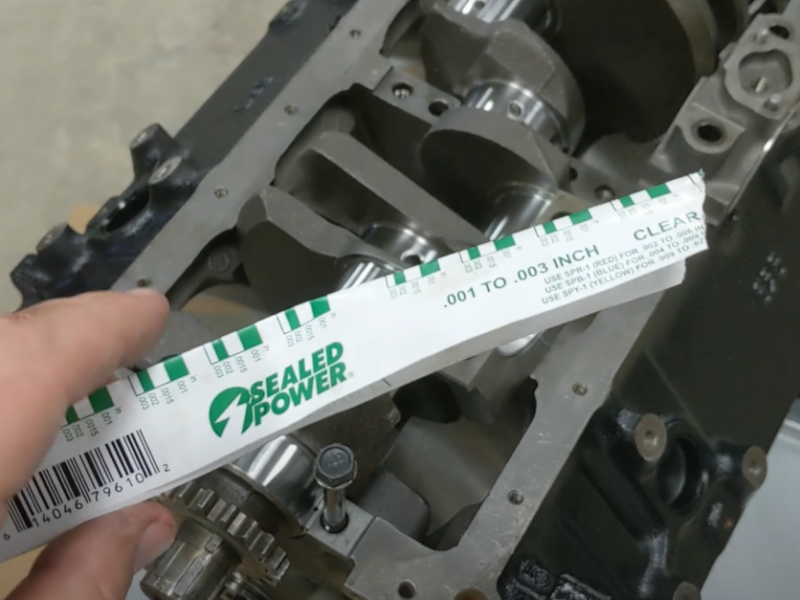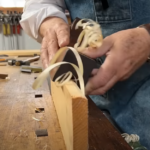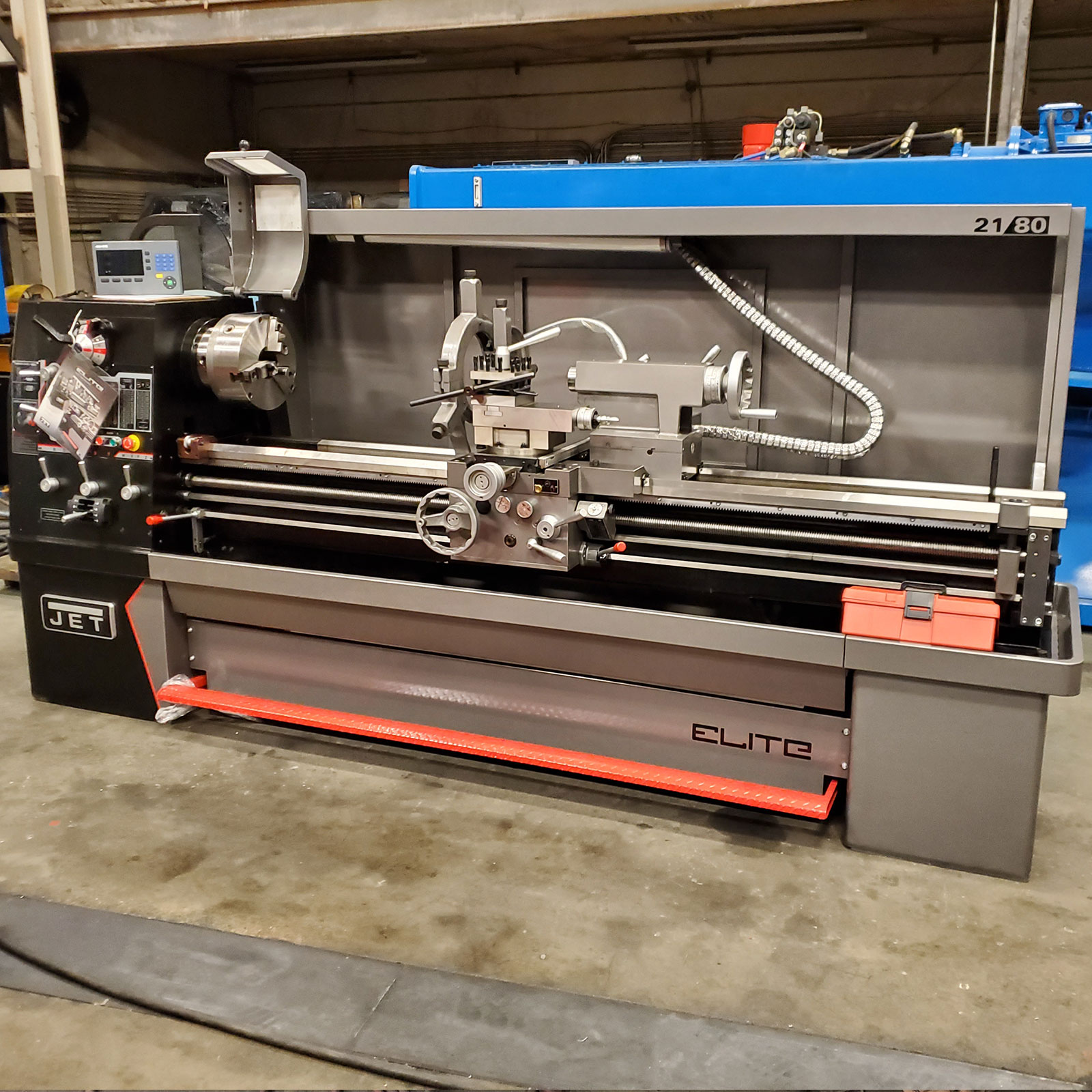Plastic gauges are valuable tools used to measure clearance or gaps in precision mechanisms, such as the clearance between bearing surfaces, the gap in spark plugs, and other engineering applications. They are especially useful in the automotive and manufacturing industries. As the name implies, a plastic gauge is made of a special plastic material that can be compressed, allowing it to serve as a direct, physical measurement tool.
A Closer Look at the Functioning of a Plastic Gauge
A plastic gauge is simple to use. It is typically a thin strip or wire of a special kind of plastic. This plastic material is compressed between two surfaces, changing its shape to match the precise gap between those surfaces.
Steps to Use a Plastic Gauge
| Steps | Description |
|---|---|
| Step 1 | Place the plastic gauge across the surface in the area where you want to measure the gap. |
| Step 2 | Apply the other surface onto the plastic gauge, applying enough pressure to cause it to deform. |
| Step 3 | Remove the plastic gauge carefully. |
| Step 4 | Measure the width of the deformed plastic gauge. |
| Step 5 | Use a conversion chart (usually provided by the manufacturer) to determine the gap measurement from the width of the deformed plastic gauge. |
After the measurement, the plastic gauge can be easily removed and discarded, making it a convenient tool for one-time precision measurements.
Types of Plastic Gauges
Plastic gauges, versatile and efficient instruments, have revolutionized the field of measurement in various industries. With their diverse applications, plastic gauges cater to specific needs and demands, ensuring accurate readings and facilitating smooth operations.
Overview of Plastic Gauge Types
| Gauge Type | Description | Applications |
|---|---|---|
| Standard Plastic Gauge | Strip form, widely used for general measurements, flexible and reliable. | Manufacturing, Construction, Consumer Goods, etc. |
| High Temperature Plastic Gauge | Designed for high-temperature environments, maintains integrity under extreme conditions. | Automotive, Industrial, Aerospace, Oil & Gas, etc. |
| Precision Plastic Gauge | Offers superior accuracy, ideal for precision engineering where tiny differences matter. | Electronics, Medical Devices, Microfabrication, etc. |
| Color-Coded Plastic Gauge | Intuitively designed with different color levels for easy identification and use. | DIY Projects, Educational Tools, Household Measuring |
Standard Plastic Gauge: Versatility at Its Finest
The standard plastic gauge, presented in a sleek strip form, serves as a reliable companion across numerous industries. Its flexibility allows for easy maneuvering, ensuring accurate measurements of various objects and components. Whether it’s assessing the thickness of materials during manufacturing or taking dimensions for construction projects, the standard plastic gauge proves to be a fundamental tool in every professional’s kit.
High Temperature Plastic Gauge: Enduring Heat with Precision
In environments where temperatures soar beyond the capabilities of standard gauges, the high-temperature plastic gauge comes to the rescue. Engineered with special materials, these gauges maintain their integrity even under extreme heat, providing accurate readings and facilitating seamless operations. From automotive engines to industrial machinery, these gauges ensure precision and reliability in the harshest conditions.
Precision Plastic Gauge: Exquisite Accuracy for Critical Applications
When precision is of utmost importance, the precision plastic gauge takes center stage. Crafted with meticulous attention to detail, these gauges offer unparalleled accuracy, catering to applications where even the slightest deviation matters. In fields like electronics, medical devices, and microfabrication, these gauges play a pivotal role in ensuring the quality and functionality of intricate components.
Color-Coded Plastic Gauge: Where Function Meets Aesthetics
For a user-friendly experience, the color-coded plastic gauge shines brightly. Equipped with different colors corresponding to specific thickness levels, this type of gauge simplifies the identification process. DIY enthusiasts, students, and homeowners find great delight in using these gauges for their projects and everyday measuring needs, combining functionality with aesthetics.
Applications of Plastic Gauges
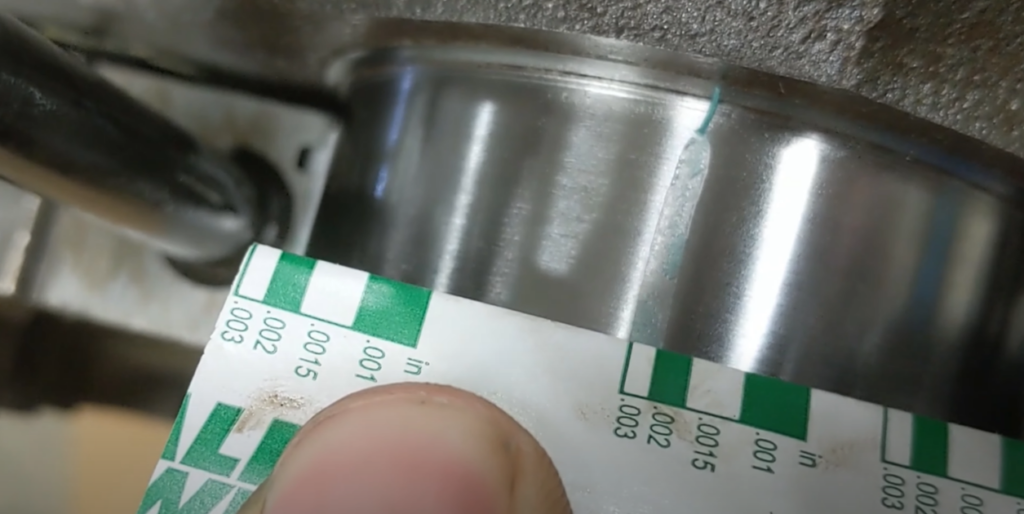
Plastic gauges, with their simplicity, efficiency, and adaptability, have become indispensable tools in various industries. From automotive to engineering, manufacturing to construction, these gauges find diverse applications, ensuring precise measurements and facilitating smooth operations.
Overview of Plastic Gauge Applications
| Industry | Application |
|---|---|
| Automotive Industry | Measuring clearances in engine components and spark plug gaps. |
| Manufacturing | Ensuring proper assembly and precise measurement of clearances. |
| Engineering | Measuring tolerances and clearances for high-quality products. |
| Construction | Ensuring correct alignment and fitting of components. |
Automotive Industry: Precision in Motion
In the automotive industry, plastic gauges play a crucial role in maintaining the efficiency and performance of engines. Skilled mechanics utilize these gauges to measure clearances in various engine components, ensuring optimal functioning. For instance, they might measure the clearance between bearing surfaces in a crankshaft or the spark plug gap to achieve the desired ignition efficiency. By employing plastic gauges, mechanics can make necessary adjustments and achieve precise engine tuning, maximizing the vehicle’s overall performance.
Manufacturing: Assembling with Accuracy
In the manufacturing sector, the proper assembly of components is paramount to ensure the quality and functionality of the final product. Plastic gauges prove to be invaluable tools in this process. Whether it’s checking the clearance gaps in intricate machinery parts or ensuring precise alignment during assembly, these gauges help maintain consistency and accuracy in manufacturing processes. This, in turn, leads to improved product quality and reduced chances of defects.
Engineering: Precision Engineering Perfected
In precision engineering, where minute details can make a significant difference, plastic gauges find extensive use in measuring tolerances and clearances. Engineers rely on these gauges to verify the dimensions of critical components, ensuring they meet the required specifications. From microfabrication to the creation of complex electronic devices, plastic gauges provide the level of accuracy necessary for producing high-quality products that meet stringent standards.
Construction: Building with Precision
Even in the construction industry, where large-scale projects take shape, precision is essential. Plastic gauges offer valuable assistance in this realm, aiding in the correct alignment and fitting of components. Whether it’s ensuring the precise spacing between building materials or aligning structural elements accurately, plastic gauges contribute to the stability and integrity of construction projects. They assist construction professionals in delivering safe and reliable structures, meeting regulatory standards and client expectations.
Advantages and Limitations of Plastic Gauges
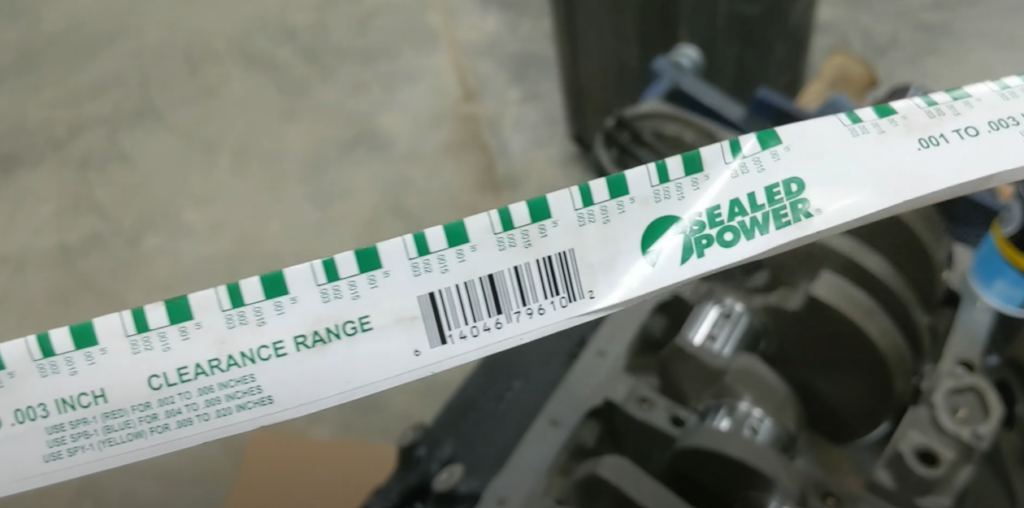
Plastic gauges are a type of measuring tool that offers several advantages and has its own set of limitations. In this comprehensive discussion, we will explore the unique features that make plastic gauges stand out, as well as the factors that may limit their use in certain situations.
Advantages of Plastic Gauges
- Simplicity: One of the most significant advantages of plastic gauges is their simplicity. These gauges are incredibly user-friendly and require no complex training or setup. They can be readily employed by individuals with varying levels of expertise, making them accessible to both seasoned professionals and newcomers in the field;
- Cost-Effective: Plastic gauges offer a cost-effective solution for precision measurements. Compared to other precision measuring tools made from metal or other materials, plastic gauges are generally more affordable. This affordability makes them an attractive choice for businesses and professionals seeking reliable measurement devices without breaking the bank;
- Versatility: Plastic gauges are highly versatile and find applications across a wide range of industries. Whether it’s manufacturing, construction, engineering, or even arts and crafts, plastic gauges can be employed for various measuring tasks. Their adaptability to different scenarios makes them a popular choice for professionals who deal with diverse projects.
Let’s present these advantages in a table to enhance clarity:
| Advantages of Plastic Gauges |
|---|
| Simplicity |
| Cost-Effective |
| Versatility |
Limitations of Plastic Gauges
- One-Time Use: One of the primary limitations of plastic gauges is their disposable nature. Unlike some other measuring tools that can be recalibrated or reused, plastic gauges are typically designed for single-use applications. Once the measurement is taken, the gauge may lose its accuracy or structural integrity, necessitating its disposal;
- Limited Accuracy: While plastic gauges are suitable for many applications that require reasonable accuracy, they may not be the best choice for extremely high-precision measurements. The nature of the material and manufacturing process can introduce inherent limitations in accuracy, making them unsuitable for certain critical tasks;
- Environmentally Dependent: Plastic gauges can be affected by environmental factors, such as temperature fluctuations. In extreme environments with significant temperature variations, the accuracy of plastic gauges may be compromised. This limitation means that they may not be suitable for use in certain industrial or research settings where precise measurements are crucial.
Let’s visualize the limitations in a table for better presentation:
| Limitations of Plastic Gauges |
|---|
| One-Time Use |
| Limited Accuracy |
| Environmentally Dependent |
Conclusion
The plastic gauge is an essential tool across numerous industries. It offers simplicity, cost-effectiveness, and versatility, making it an invaluable tool in the precision measurement toolbox. Despite its limitations, its benefits make it a preferred choice for many applications where gap or clearance measurements are required.
FAQ
Plastic gauges are typically made from a special type of plastic material that is calibrated to deform under pressure and provide a direct measure of a gap.
Generally, plastic gauges are designed for single use. Once they’ve been deformed to take a measurement, they can’t return to their original form.
The accuracy of plastic gauges varies depending on the type and quality of the gauge, but generally, they offer a reasonable level of precision suitable for most industrial applications.
While standard plastic gauges might deform prematurely in high-temperature environments, there are specific high-temperature plastic gauges designed to withstand higher heat levels.
Yes, there are several alternatives to plastic gauges. These include feeler gauges, micrometers, and dial indicators, among others. However, the choice of tool often depends on the specific application and the level of precision required.
To better understand how a plastic gauge works, check out this video for a detailed demonstration.
